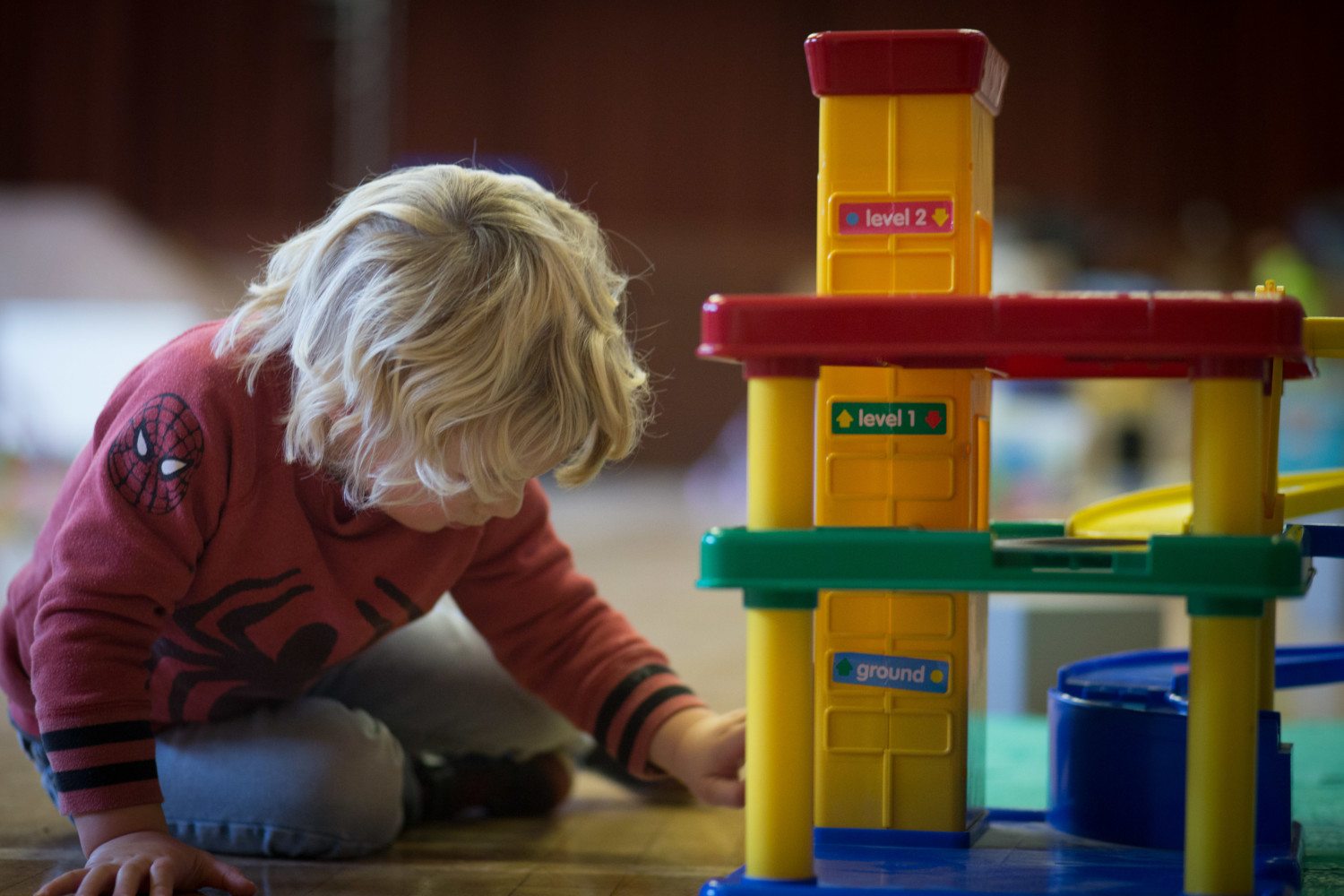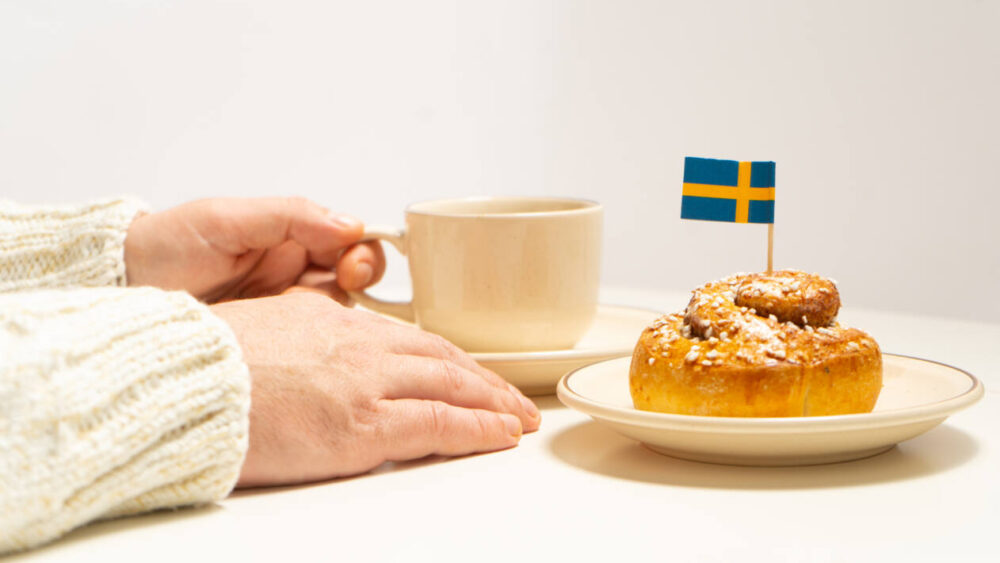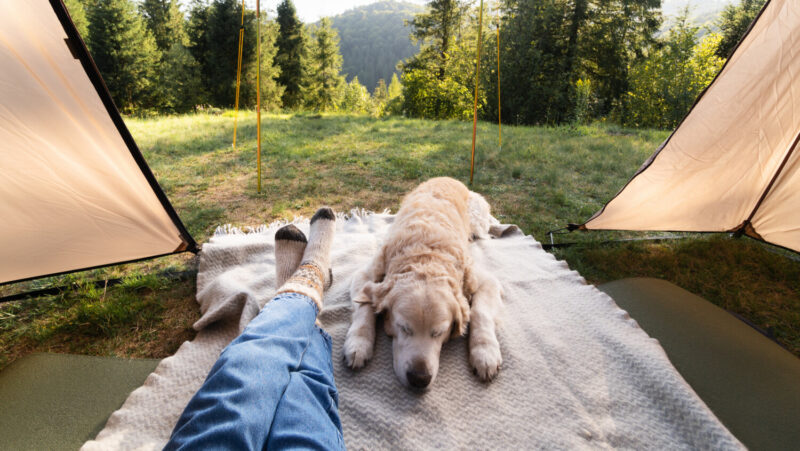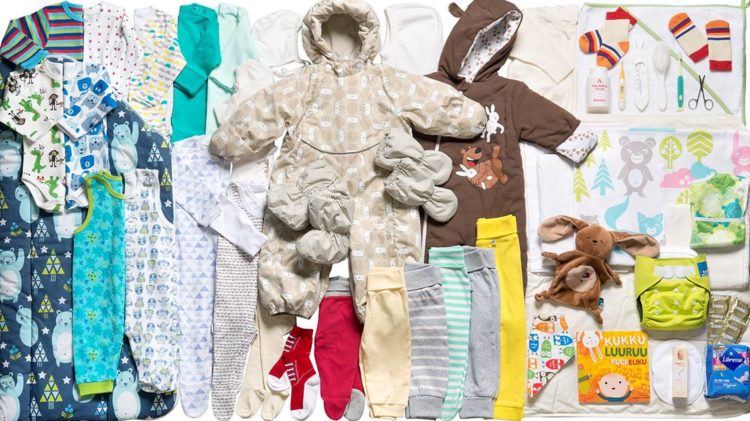I tried parenting like the Danish for a week—why you should too
Parenting is hard. As a result, I am hungry—as I suspect most parents of young children are—for anything to make it all just a little easier. So, when I was asked to read and test out the newest advice in the parenting self-help genre, I thought why the heck not.
It didn’t hurt that earlier that morning I may have snapped at my kids and spent some quality time in the fetal position in my bathroom. So I picked myself up, dusted myself off, hugged my kids and read “The Danish Way of Parenting: What the Happiest People in the World Know About Raising Confident, Capable Kids” by Jessica Joelle Alexander and Iben Dissing Sandahl.
Denmark is, after all, the happiest country on earth. So surely that would mean Danish kids are the happiest on the planet too. I had to know what all this happiness was about and how I could get me some.
The idea is that if you follow the six steps outlined in the book you too will be happy and have happy kids. So that’s what I did. Or at least that’s what I attempted to do. Here’s a recap of those steps (neatly packaged into the acronym P.A.R.E.N.T.)—and a little bit about how reality sometimes got in this American’s way.
1. P is for Play
The Danish Way says we need to let our kids play more. Just good old-fashioned unstructured play time. I couldn’t agree with this philosophy more, and feel like this is the one step I really nailed. Yay! In fact, as I sit here typing one of my kids is knee deep in dolls and the other is playing with her Legos (how very Danish of me!)
Basically, the authors say we need to give our kids the freedom to use their imaginations with art, nature and simple toys, and then take a step back. This allows children to learn how to play in an unstructured way—whether alone or with other kids.
I certainly remember my own childhood as many, many hours with my neighborhood pals playing in the yard, riding bikes and climbing through the woods. I would love to give my own kids this freedom, but it all seems a little scarier than it did then, or maybe I’m just on the other side. But really these days I can’t imagine letting my girls play alone in the front yard, let alone ride their bikes down the street. But, I’ve tried to adapt, letting them instead take over the fenced—in backyard, or taking them to a playground and giving them free reign.
Of course, this kind of free play with other kiddos has the potential to lead to little disagreements, but the Danish Way says don’t be so quick to intervene. “Play is crucial for learning how to cope with stress,” says the book. This makes sense: When I remove myself and listen to my kiddos playing most of the time they can and do work it out.
2. A is for Authenticity
The authenticity step asks us to be straight-up real with our kids. But c’mon, happy Danish people, don’t you know this is what we Americans do? We lie to our children and then we lie about the lying. I’m kidding… but really.
In all seriousness, the authors ask us to take a look at ourselves first. Ouch! Parents need to be able to express their own feelings to teach their children emotional honesty. Show your kids how to express joy, anger, sadness, fear. The thought is, if you can be real with your feelings and they will be real with theirs.
In my quest for Danish happiness I had a real moment to put this to the test. My oldest was acting out for days following a long, wonderful trip to see family in Cincinnati. After a tough week, I finally got down on my knees and held her and said tell me what is going on. And it was then that she broke down and said she missed everyone in Cincinnati. My heart broke in a million pieces because at that moment that’s how I felt too, and through tear-filled eyes told her just that. And, by sharing, we both became a little less sad.
As part of authentic and honest Danish parenting, the authors also suggest we take a step back from all of the over-the-top praise. So, if a child gives you a drawing, you may be inclined to say “Wow! This stick drawing is AMAZING!” But the Danish would tone it down for the mediocre masterpiece choosing words like, “Tell me what this is, and why you drew it?” or even just a simple “thank you.”
Because my kids make no less than 1 million little masterpieces a day, I had plenty of opportunity to put this to the test. Turns out my kids really crave those words of affirmation. “Mom, mom, mom!! Do you like my picture?” “Yes sweets, I do. Tell me more about it.” “Wait, you just like it? You don’t love it? Why don’t you love it?”
Clearly I have work to do, but I’ll keep plugging away. Because this subtle change in praising the process versus the masterpiece can make a big difference. And, it’s not just the Danish that say so, just take a look at Carol S. Dweck’s work on a growth-mindset vs. a fixed mindset.
3. R is for Reframing
So the Danish Way is to take lemons and make lemonade. See the world through rose-colored glasses and smile.
In short, how we see the world and what we say about it matters. When we are too black and white, too critical, too negative, we are limiting ourselves and our kids.
The authors says learning to reframe negative situations builds resilience. So, the Danish Way suggests that “reframing with children is about the adult helping the child to shift focus from what she thinks she can’t do to what she can do.”
This summer I’ve been practicing my reframing and pumping the brakes on negativity. But y’all, this is my first summer in Texas and it is hot. HOT. So, I’m having a hard time putting on my rose-colored glasses because I literally can’t take my sunglasses off. But, gosh darn it, that little Dane on my shoulder is telling me to look on the bright side. So, instead of complaining “It’s so hot!!!” I’m trying to reframe, “Wow, the pool is going to feel great today.” Or, when all else fails and I just can’t, “What a great day for ice cream!”
4. E is for Empathy
The books describes empathy as “the ability to feel what someone else feels—not only to feel for him but to feel with him.”
When my friends are struggling, I am the first one to climb in their sinking boat and help bail water. Showing vulnerability with other women—to say I’m having a hard time and I think you might know what that’s like—has always felt natural to me.
But too often I fail to feel this same level of empathy with my girls. Maybe it’s because their problems can seem so insane to me. “My swim shirt is too sticky to my skin!” “But I wanted the pink cup!!!” “I asked for the popsicle first!”
Maybe not all their feelings are off base. Kids feel hurt, sadness, jealousy and anger the same way we grown-ups do. And mostly they just want their feelings recognized and validated. So I’ve been making a conscious effort to get on the floor and show them I understand their feelings. The book suggests repeating the problem back to your kid, and I found this particularly helpful.
“Ok, so you are upset because Sissy got the last pink cup and you also wanted a pink cup. I can see that this is frustrating since pink is your favorite color. Since your sister already has a drink in the cup, let’s figure out how can we make this better for you?”
I hope by practicing this kind of understanding and empathy now, I will be able to lay a great foundation for the future when my girls’ problems are guaranteed to be a lot tougher. And, they will feel vulnerable and safe enough to share their feelings with me.
5. N is No Ultimatums
“If you stay cool, so will they.” Gosh, is this true. But, wow do I fail at this.
Don’t yell. Guilty.
Don’t uses ultimatums. Guilty.
Stay Calm. Be the grown-up. Ummmm.
I want to be a zen, never-snapping, ultimatum-free mama and will continue to strive for this all the days of my life. But, you guys, I really need that little Dane that sits on my shoulder to remind me to stay zen. Anyone else?
Just this morning we were running around late for church. As I’m trying to find my own shoes, I’m yelling from the bedroom, “Girls! Get your shoes on and get in the car!” Of course, they don’t. They are too busy shoving tiny toys into tiny purses. Finally ready myself, I rush into the room and my still shoeless gals are playing with dolls (should I pat myself on the back because they are at least playing?!). I break—the ultimatum is out of my mouth before I can stop it. “Girls, get your shoes on and get in the car or we won’t go to brunch.” Oh, blast.
But, at least this book has made me aware of this nasty little habit and knowing is half the battle.
After all this hard work I need a snuggle—we all do. Which brings me to the final (and my personal favorite) step.
6. T is for Togetherness and Hygge
Hygge is a Danish word which literally translates as “to cozy around together.” In Denmark this cozying around means lighting candles, playing games, eating nice meals, having cake and tea, singing and just generally being in each other’s company in a cozy atmosphere. Well, doesn’t that sound delightful and dare I say just a little bit weird?
By weird I mean refreshing and wonderful. Wouldn’t it be great if we could put the phones down, turn off the television and just be present? Yes! Yes it would.
In order for hygge to work everyone must commit to it. Even if that means collecting phones and turning them off. According to the official oath, everyone also needs to agree to leave drama and complaints at the door, and make an effort to feel grateful.
While we are in the trust tree of togetherness, I have to admit that sometimes at the end of a long day, I don’t always feel super grateful. I feel tired and want to lock myself in my room, scroll through Facebook and complain. I can get caught up in needing me time.
But, I found that by simply pushing back my me time just a little, I could make time for hygge. And, boy is it worth it.
We found our kids love to snuggle up and look at old pictures. And, the days we tell our kids we are having a family game night—holy smokes! It’s like we’ve told them we are getting a new puppy. It doesn’t take much. A couple of hands of Go Fish and a few rounds of Memory and my happy kids are beaming ear to ear. “Isn’t this fun?!?”
Yes, yes it is.






